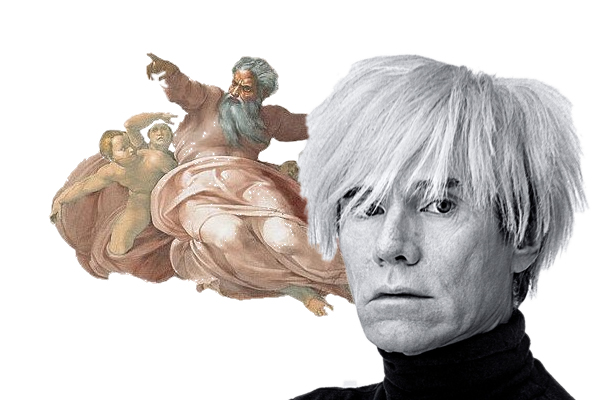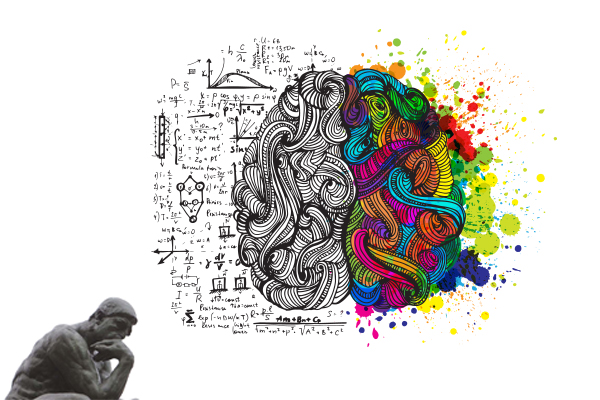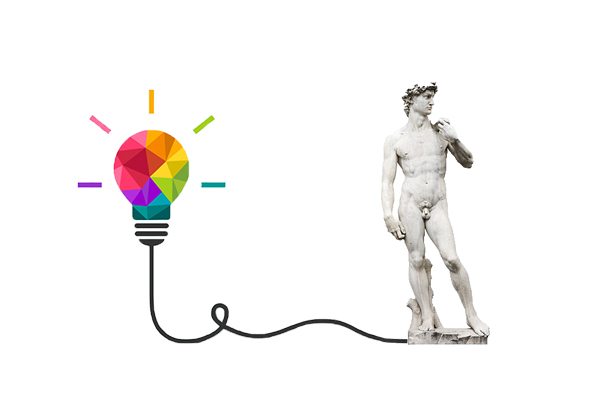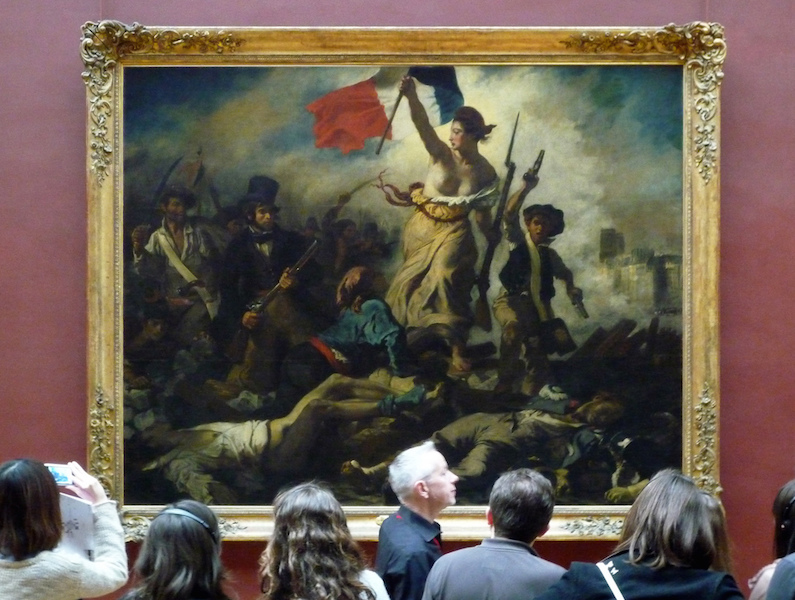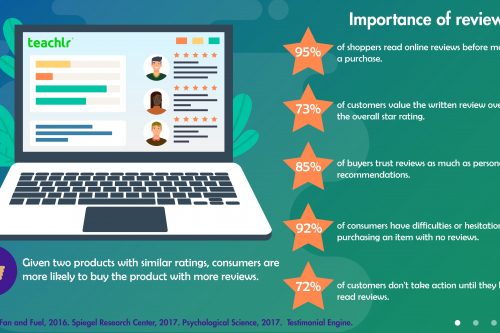Thousands of slides in an hour. That’s the story behind a traditional class about the history of art. But it shouldn’t be that way anymore. Stop the boring art history classes now!
If you’re an art teacher or just a curious person who is in love with art history, then you might like to read this post till the end. I know Michelangelo would, even Andy (Warhol). Art history deserves to be a joyful subject and here’s how you can pump it up with grace and style.
What’s so great about art history?
Maybe you’re reading this on your smartphone or tablet. But even if you’re reading this on your computer, visual information is key to manage any of these devices. This is a very and a deeply visual world and guess what? Art history is the perfect gym to train your brain to manage that visual cavalcade we receive each day.
Let’s think for a moment that 1Gb is equal to 1Kg. If that were the case, then more than 30Kg of visual information would knock your head every single day.
I don’t know about you, but lifting that kind of weight requires a lot of training. It’s the same if we talk about Gb of visual information. Your brain needs a personal trainer urgently. Art history is the best private gym you could ever get.
Believe me when I say that it is necessary to deal successfully with images these days. And art history provides the tools that will help you surf those oceans of images that otherwise would overwhelm us.
Art history gives you the trace of our creative story as humans. It brings the clues to understand what’s different from us and connects us with our dreams and emotions. Art helps us escape from our limitations and that, my friends, is a superpower. Art history injects creativity in all of us.
The experience of art and its history
I understand that it is tremendously boring to study art history as a list of names, artworks or styles. In fact, that is the express highway to boredomland. Art history does not deserve to be treated as a boring subject.
Creativity is not about boredom. On the contrary, creativity is about curiosity, innovation, analysis and, yes, lots of fun! If art history is about the creative history of humankind, then it shouldn’t be boring at all.
Art history should be studied from the point of view of the creative experience of the artists. Knowing about the process that led Warhol to portrait a can of soup is a lot more interesting than just learning that he made it in 1962.
Michelangelo’s extremely crappy temper could teach us more about his astounding amount of creative energy, than just learning that he painted the Sistine Ceiling between 1508 and 1512.
Think about learning that his famous sculpture, the gorgeous David (1504), was made out of a single marble block that no one would dare to carve and that Michelangelo adapted the human proportions to get some visual effects. Much better, right? Right!
But it would be also better if we learn about how people have reacted when confronted with an artwork. Did you know that the famous painting by Eugene Delacroix, Liberty Leading the People (1830), was hidden after widely praise because authorities thought it would stimulate riots? Well, there you have…
All the joy in the world
Children and adults alike can enjoy the history of art at any time. There are no age limitations. A 7-year-old, as well as a 16-year-old or a grumpy old person, can have fun learning about the history of art because it’s about them, us, our creative impulse, emotions, and reactions.
Art history is not about a list of dead people who painted or sculpted with talent. It’s not about some dead people who designed and built palaces and temples in the past. Art history is about everything they had as humans that we have too.
So, to study the history of art is not about thousands of slides. It’s about ourselves, about the deepest possibilities of our creative impulse. And that is what I show you in this new Teachlr course: The Joy of Art History.
And remember, art history is all about it!
Learn more!

